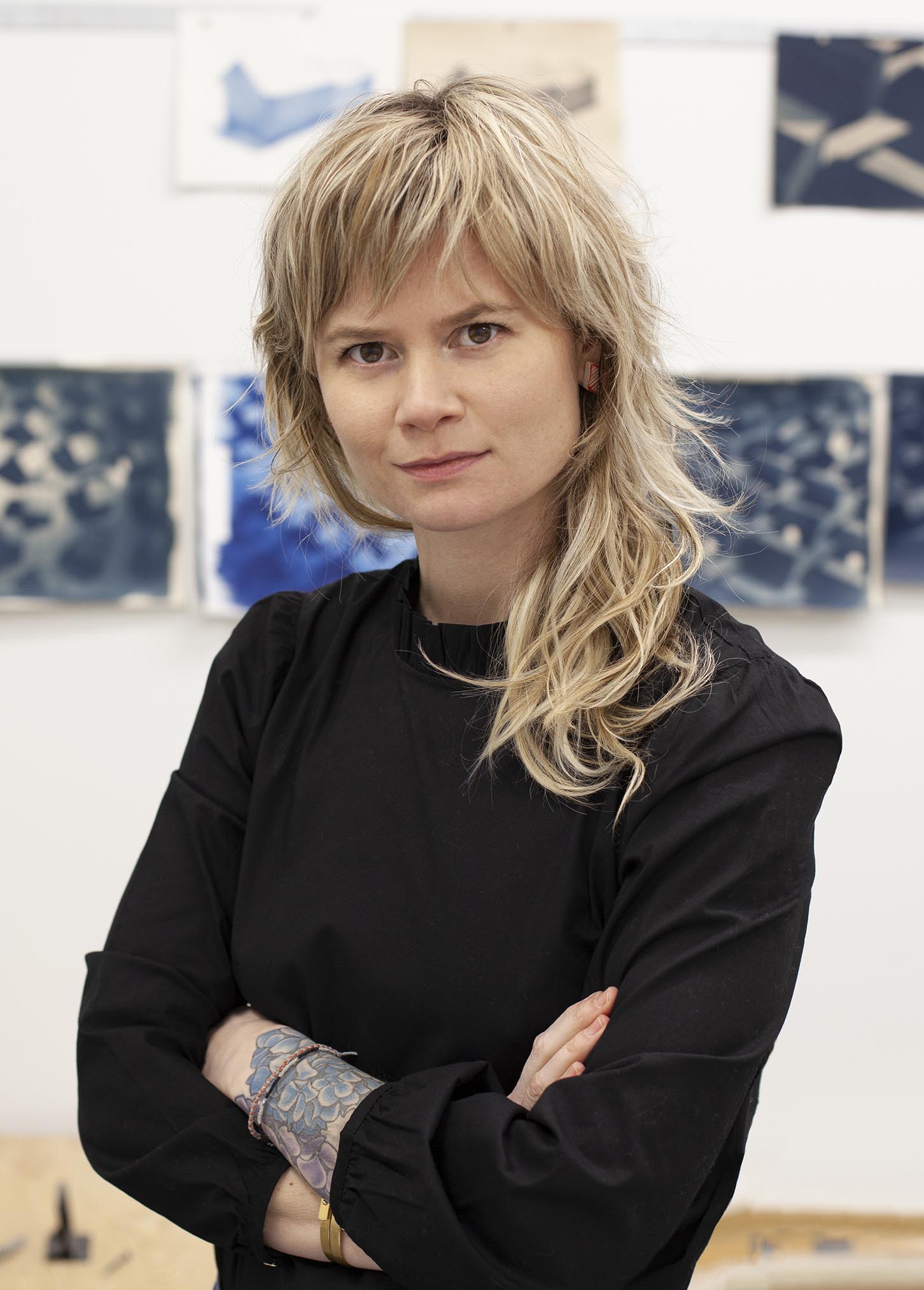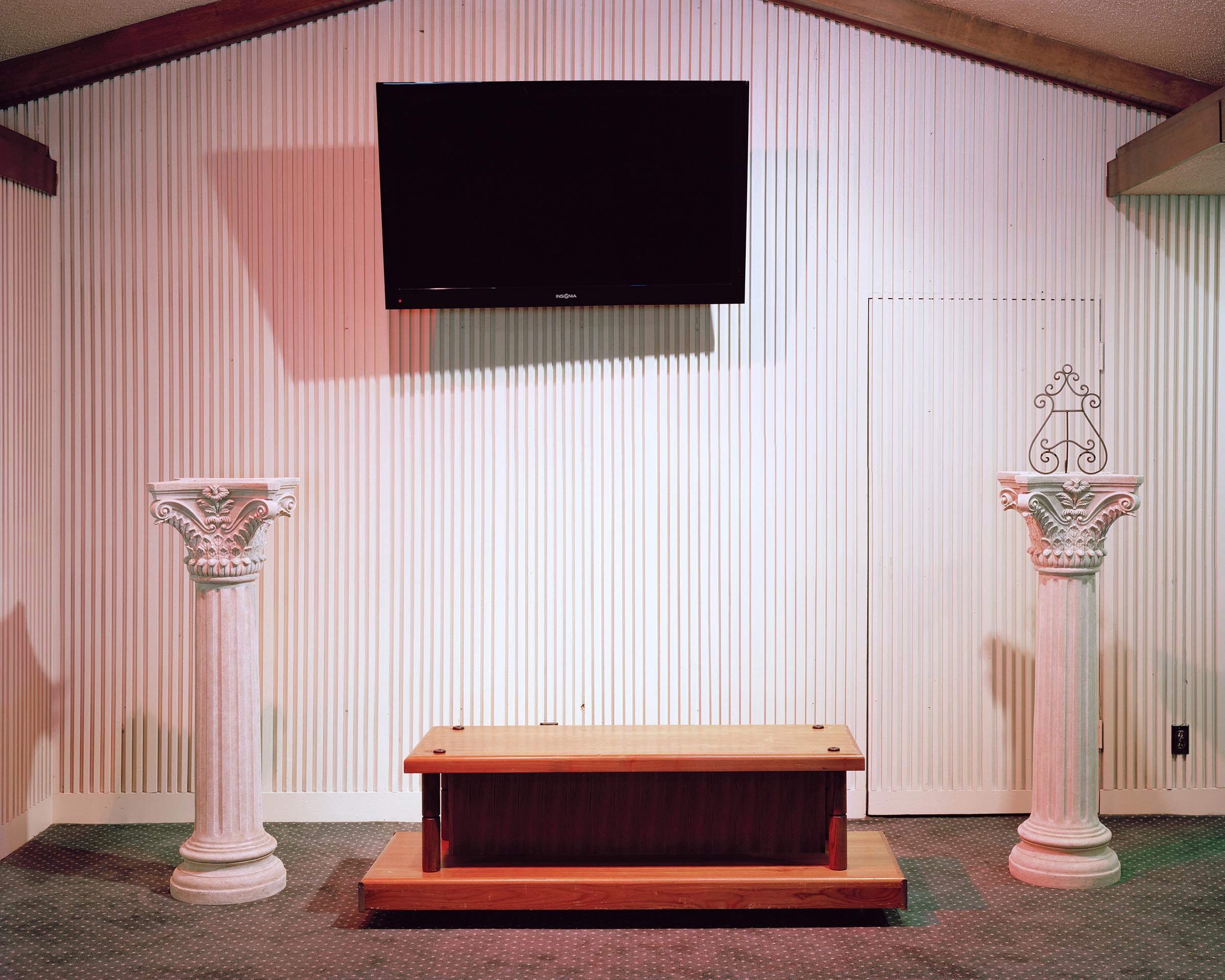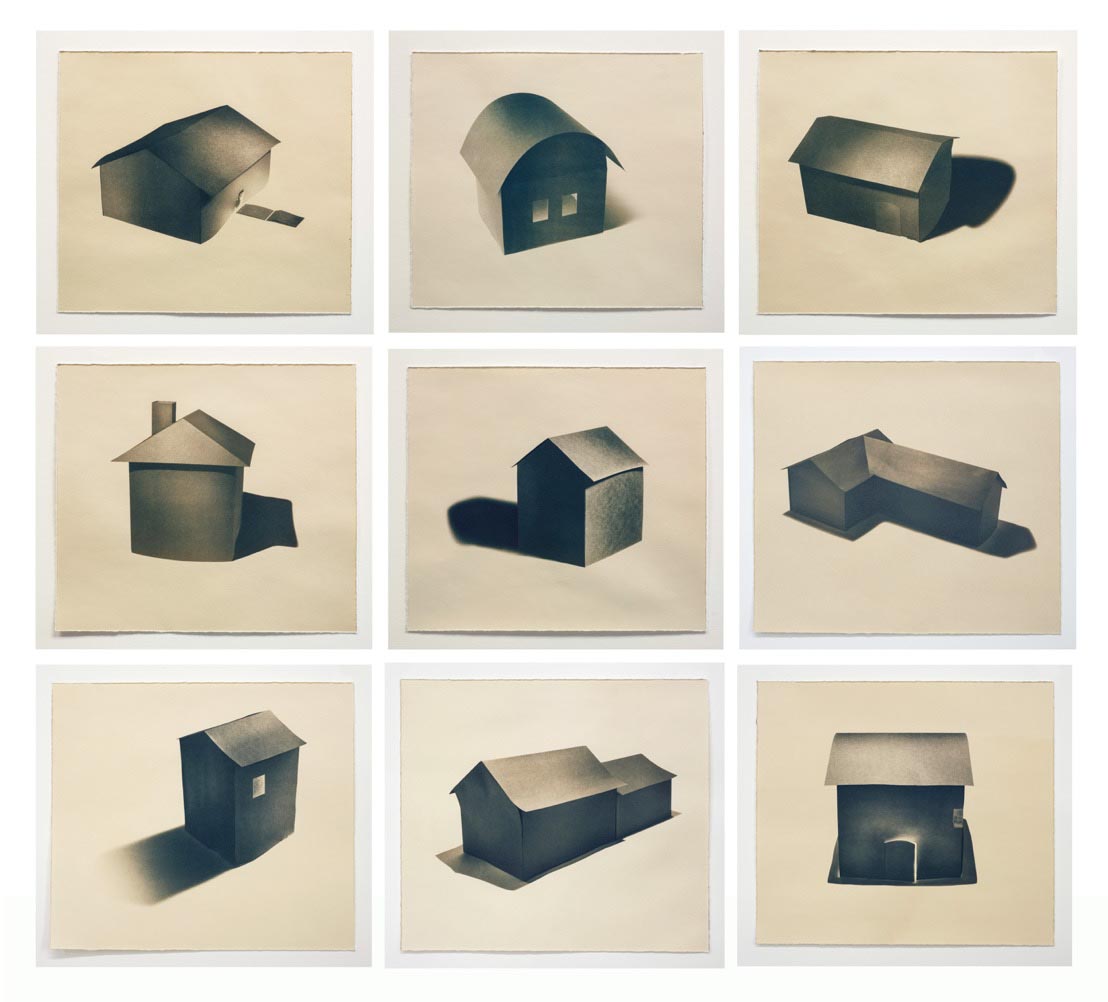How did you get into making art?
I took art courses in high school, but before that my dad gave me a Polaroid camera for my 14th birthday. I took that to school with me eveeryday and would make pictures of my friends or sometimes just strange compositions in the school’s hallways. By the time I graduated I knew I wanted to keep making pictures and started to taking photography courses at a local community college.
What are you currently working on?
I have spent the pandemic making studio based pictures. Working with my hands more was a way to reconnect with myself and also refresh my practice. I have been constructing small iconic shaped homes suggestive of suburbran dwellings common throughout the United States. These are then photographed, turned into digital negatives, and cyanotypes are produced which I then bleach and tone.
I was thinking about the home as a place where so many things begin: bias, prejudice, tolerance, entitlement and empathy.
Rachel Cox
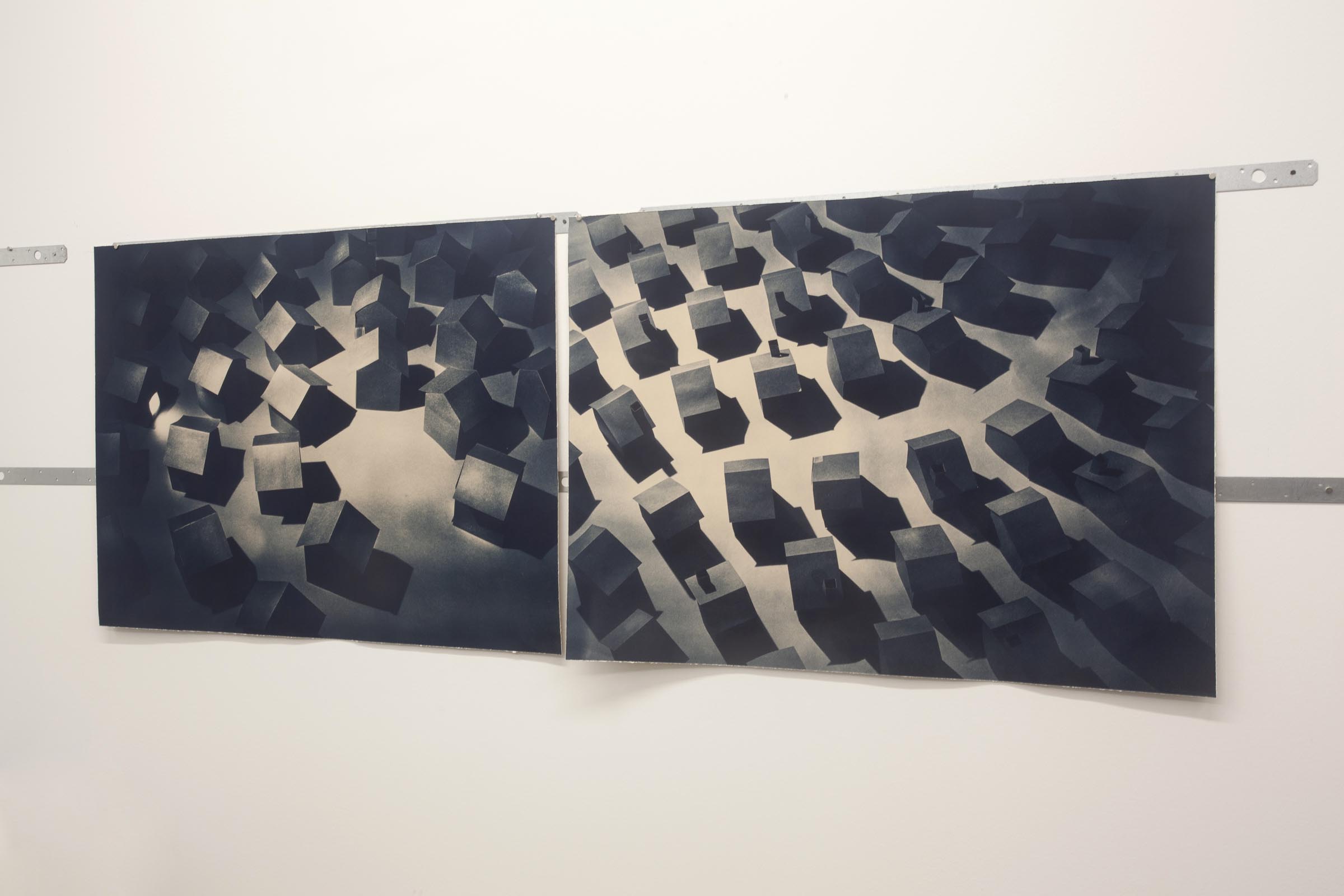
What inspired you to get started on this body of work?
As I was sitting at home in the early stages of the pandemic, I began thinking about this shared experience a lot of folks were facing; isolating, quarantining, in one’s home (for those that were able to stay at home and fortunate to have a safe space to isolate). Like many of us, I was also witnessing the multiple tragedies happening in the United States concerning BLM and the massive national upheaval surrounding the upcoming Presidential election. I was thinking about the home as a place where so many things begin: bias, prejudice, tolerance, entitlement and empathy. All these things which are so often fostered within the walls of our homes. The home can be looked at as an institution. A place for growth and development, that is just as significant as any other educational space. The home however is not rigid, nor static – it’s walls are malleable. It is a place for ideas to be discussed. Therefore, I wanted to construct basic houses that were obviously temporary structures whose walls were not fixed, who showed signs of struggle, repair, and illumination.
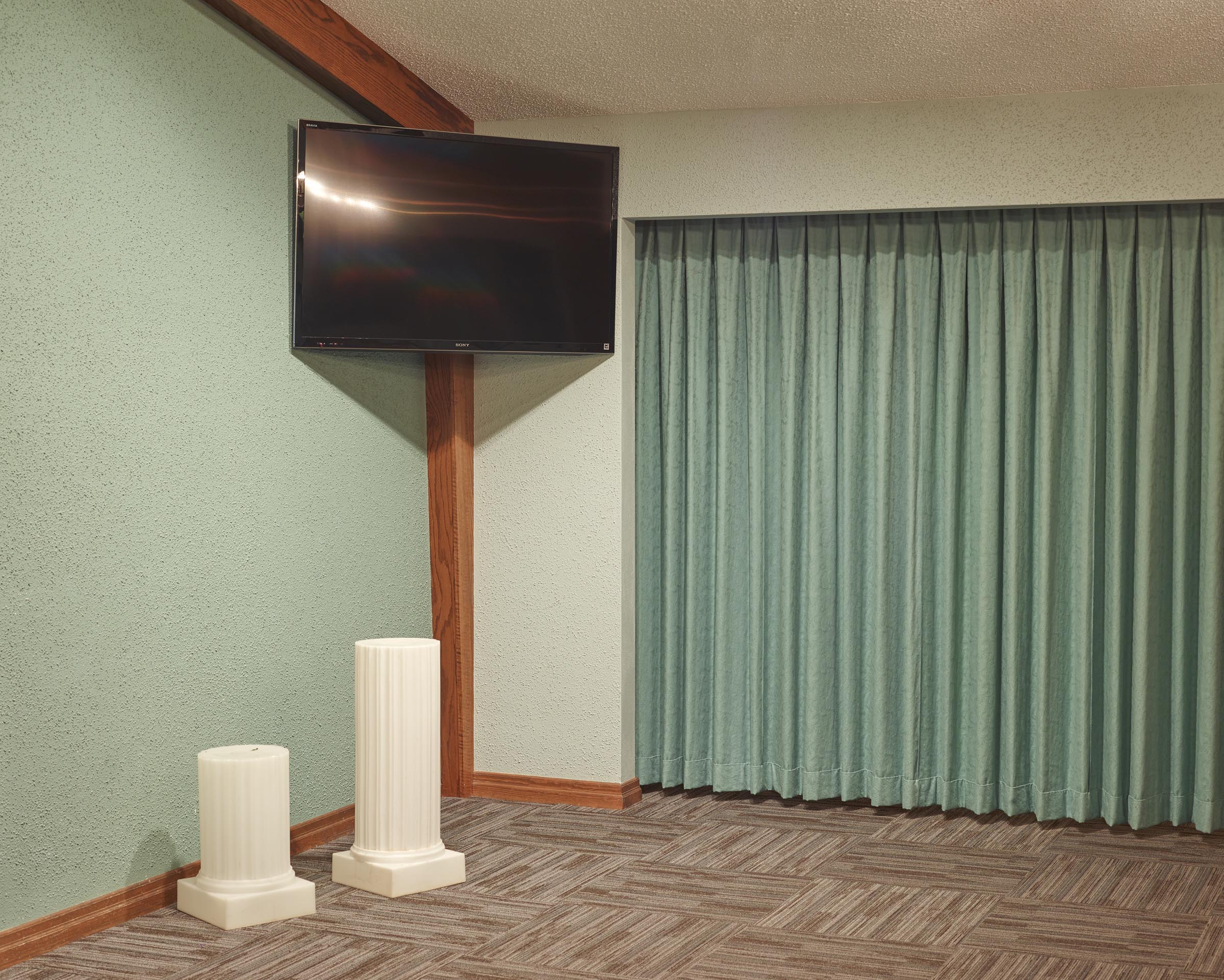
Do you work on distinct projects or do you take a broader approach to your practice?
I tend to have multiple distinctive projects going on at a time. The series, Mors Scena, I was nominated for had to be put on pause for almost a year due the requirements of travel and long amounts of time spent within funeral homes. While one project might hit a mental or technical barrier, I always have another I can turn to which gives me time to recalibrate my persepctive.
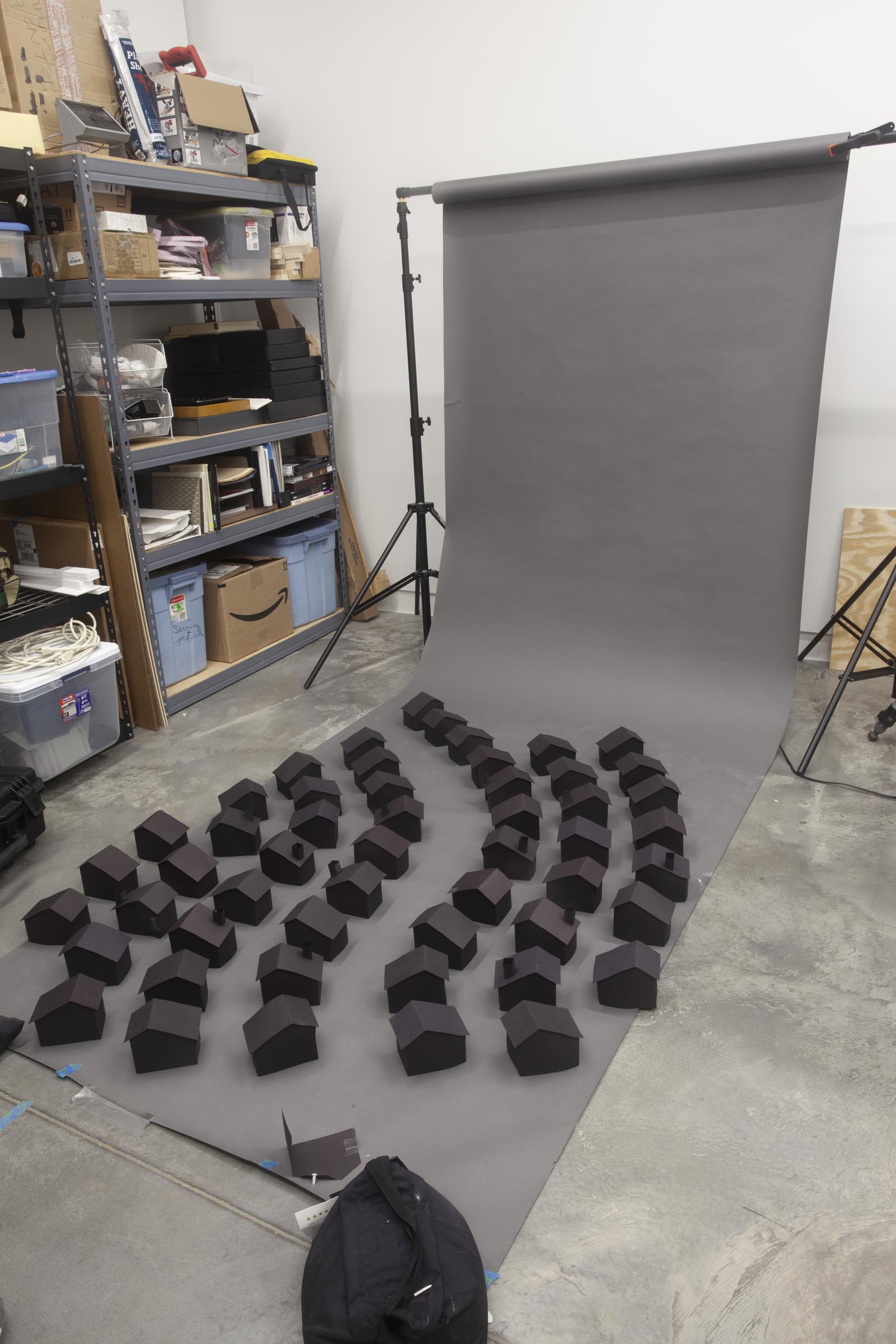
What’s a typical day like in your studio?
I make a lot of lists. If I didn’t have lists my studio time would be one tangent after another and I wouldn’t get much done. I begin my studio day with a list of tasks to complete, then I always have “free time” to experiment with all kinds of things in a very non structured way. So, there is a mix of very rigid and very loose organization. Most importantly, between 2-3PM I make coffee and have a snack. It seems really simple, but has become the epicenter by which the rest of my day radiates. Never underestimate the motivational power of good coffee.

Who are your favorite artists?
Kerry James Marshall and Carrie Mae Weems are a couple of my favorite artists to hear speak; their work is equally amazing in content and execution. Rineke Dijstra’s Buzz Club video from the mid 90’s is my hands down all time favorite video piece. There are some post modernism guys I also revisit fairly regularly like John Baldessari and Robert Heinecken. One of my favortie books about art that is not academic would have to be Just Kids.


Where do you go to discover new artists?
Probably like a lot of people I look at Instagram. I’ve gotten super into the hashtag search to find specific works of art from say, for example, “Black Women of Print”, or “Quarantine Cyanotype”. It’s a narrow way to search, but the global research bank of images is huge through Instagram. As an educator I look at a lot of student work through their institution’s pages on Instagram as well. I also keep tabs on who is winning what fellowships and grants within my field. When I can get out and go to more gallery exhibitions, I typically encounter a lot of new artists in this manner. I also benefit from the work and research of others. Artfully curated books of contemporary artists coming from folks like Efrem Zelony-Mindell offer a wealth of underrepresented practitioners who are making really exciting work.
Rachel Cox is an artist based in Iowa City who was recently shortlisted for The Hopper Prize. To learn more about the artist:
